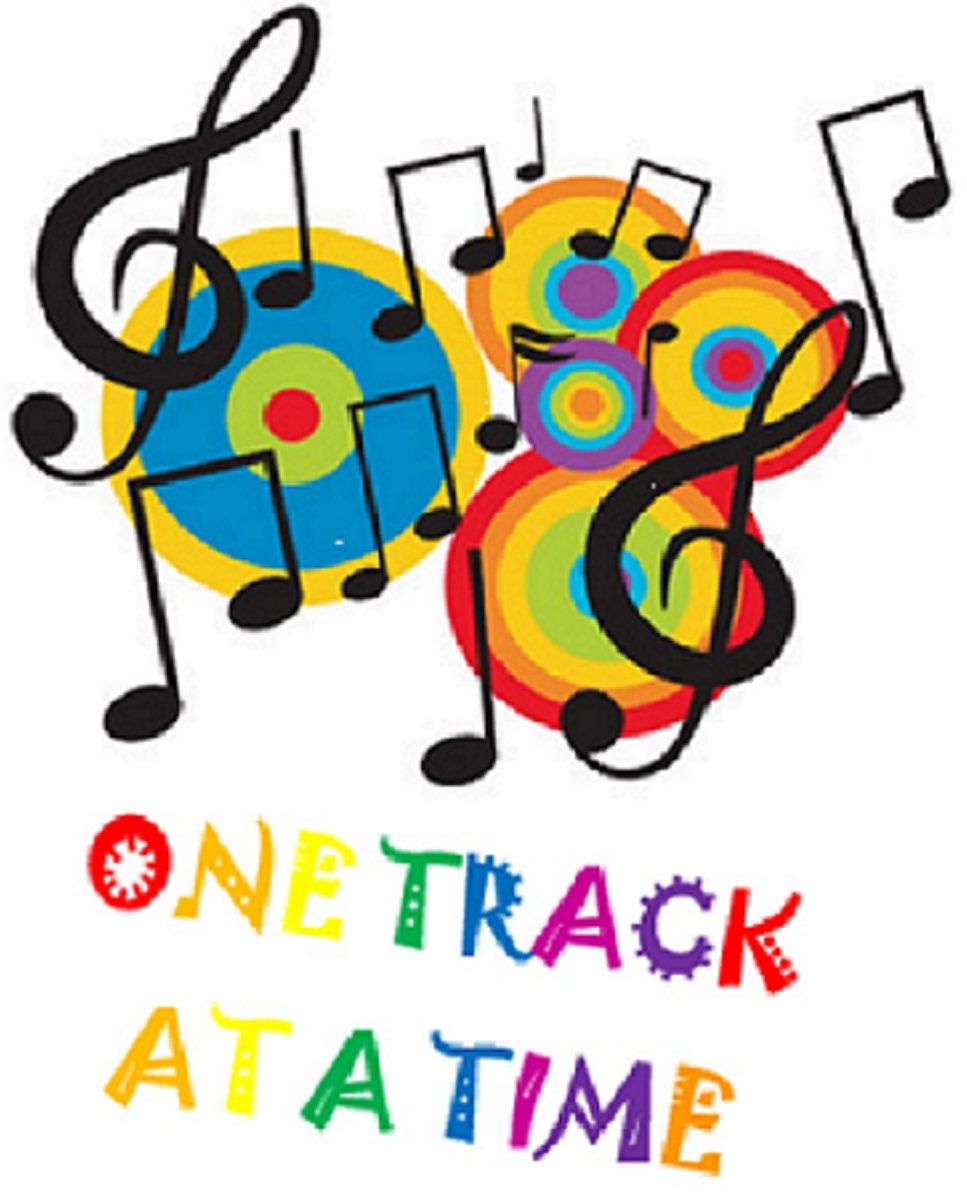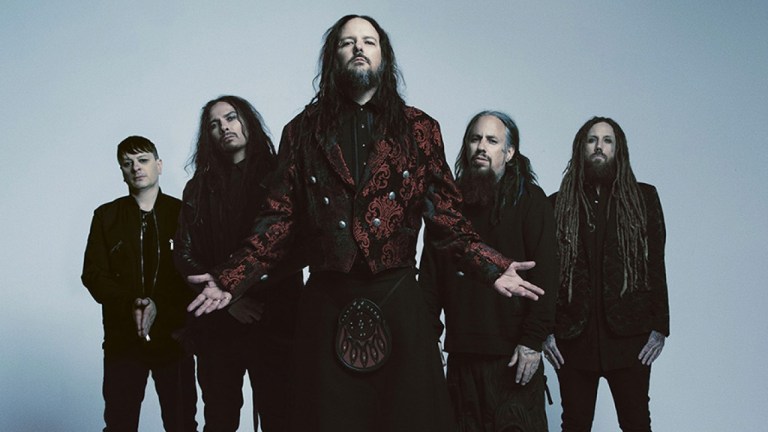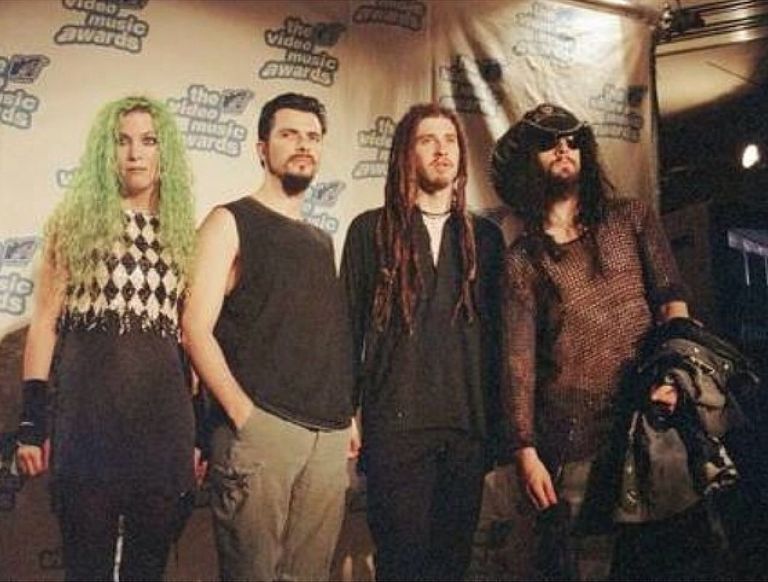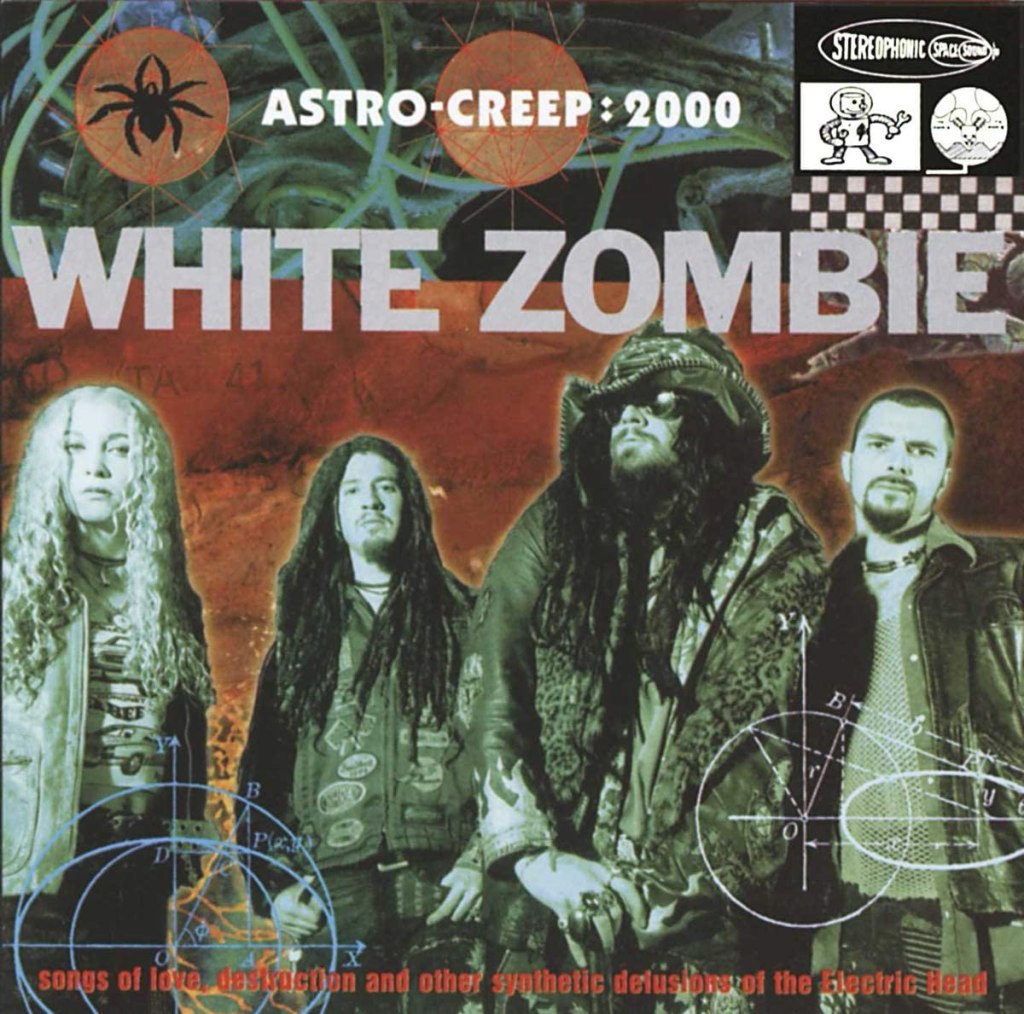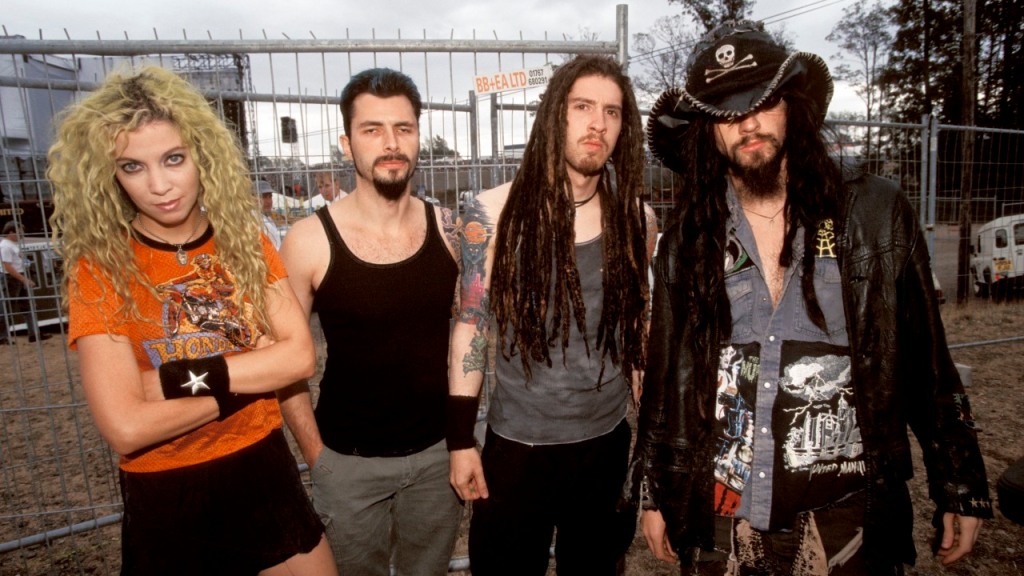All I have got to say to you is: Da-boom-na-da-noom-na-na-me-na. It’s Scuzz Sunday!

Pictured: Cover Art for “Follow The Leader” (LP) (Released on August 18th, 1998) (via Epic Records)
Good Morning to you – my name is Jacob Braybrooke, and it’s time for another entry into our weekly Scuzz Sundays feature on the blog, because it’s always my day-to-day pleasure to write about a different piece of music every day! The last seven days have really flown by, and it’s already time for us to revisit a classic from the Emo-Rock and Pop-Punk genres from the late-90’s to the mid 00’s to see how they hold up, named in honor of the long-lost Scuzz TV channel. Korn’s “Freak On A Leash” was released over 20 years ago, and the track had got to #24 in the UK Singles Chart. Released from the California-bred Nu Metal band Korn, this was the lead single from their third studio LP, “Follow The Leader”, which has been certified as 5X Platinum by the RIAA of the US. Although the album was their first not to be produced by Ross Robinson, with that mantle being taken up by the duo of Steve Thompson and Toby Wright instead, it peaked at the #1 spot on four charts, and it sold over 14 million units worldwide, thus remaining to be Korn’s most commercially-oriented album. In fact, this single is most notable for it’s music video in particular, where the lines between computer animation and live performance were blurred. The video itself garnered wins and nominations for both the Grammy Awards and the MTV Video Music Awards, and it’s twinned to the ‘Family Values Tour’ of the LP. Let’s mosh to “Freak On A Leash” below.
One fact that you might not know about Korn’s “Freak On A Leash” is that Korn once included an instrumental section of the track which they used to call the “noisy guitar break”, but this interlude had been edited out by Korn, as per their fans request of removal, yet it had still managed to hit #6 on the Billboard Alternative Songs Chart and #10 on the Mainstream Rock Songs chart in the US. With a simple “Boom-na-da-noom-na-na-ne-ma”, a crossover hit was born. Don’t get them wrong, “Freak On A Leash” is still a distorted and aggressive track, as dissonant guitar breaks mesh with rapid drum beats to craft the heavy, angry tone. The lyrics are opened by a grunge-driven Synth line and a delayed pedal effect to the bass guitar, as “Something takes a part of me” and “Every time I start to believe/Something’s raped and taken from me” are crooned in a low pitched delivery by vocalist Jonathan Davies. The harsh distortion of his voice, later on, leads to a more anthemic guitar riff and a line of static noise, which is submerged under heavy reverb effects. The structure is quite well-narrated, with the distortion effects signaling for stadium-sized rock instrumentation, and the lighter verses implying a more internalized quality. The iconic refrain is screeched by Williamson, and it is met by an unusual mix of scatting and psychedelia. The breakdown has a more darker and melodic feel to it, and the chorus is your typical state of Nu-Metal affairs, as the high guitar notes in the build-up lead to an explosive lead guitar hook that pays off nicely. The vocals are pretty nonsensical and the experimentation is daft, but the backing track is creative and the unusual vocal breakdown is still memorable – whether that is for better or worse. To conclude, although the track is undeniably dated, you could get a lot worse. The vocals break the immersion for me a little too much for me, but the instrumentation is well-paced. Silly – but it is heavy, it’s crazy, and it’s a bit catchy. Boom-na-da-noom-na-na-ne-ma!

Pictured: Jonathan Davis (Lead Vocals/Bagpipes/Programming), James Schaffer (Lead Guitar), Reginald Arvizu (Bass Guitar), Brian Welch (Rhythm Guitar/Backing Vocals) and Ray Luzier (Drums) (2015) (Photo Credit: Theo Wargo/Getty Images)
That’s all I have got for your Alternative Metal wrap-up for this week! Scuzz Sundays will be back at the usual time again next week. Before we get to that point – we need to ring in the new month. Join me again tomorrow as we turn to a familiar face – who we have previously covered on the blog – to review a piece of his work from his latest EP, which was released back in September via Friends Of Jagjaguwar. This electronic producer has been played on 168 episodes of programmes on NTS Radio, where he used to host a weekly radio show. If you really liked what you just read, why not follow the blog to get notified when every new daily post is up and why not like the Facebook page here?: https://www.facebook.com/OneTrackAtATime/
